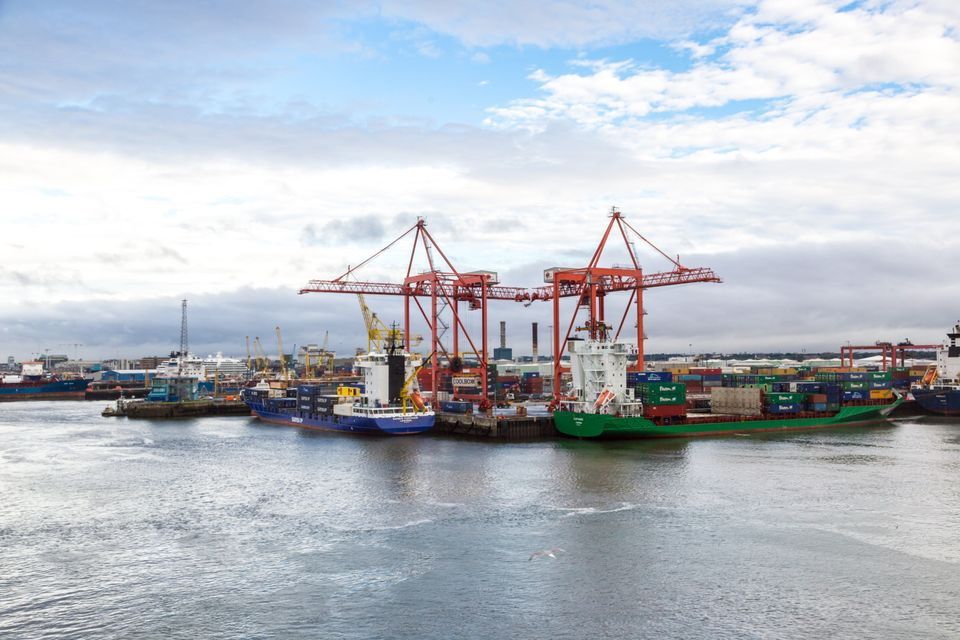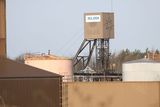Irish factory output soars 23pc in December, painting rosier EU picture
Dublin Port
Irish-based multinationals skewed European data to the upside in December, despite the country being in a technical recession.
Industrial production in Ireland, which measures factory activity, grew by 23.5pc in the month to December last year.
The figure soared by 44.7pc when compared to December 2022, figures from the EU’s statistics agency, Eurostat, show.
That sent industrial production in the 20-member eurozone up by 2.6pc month on month and 1.2pc year on year.
Industrial production measures the output of manufacturing plants, energy producers and other industrial sectors, excluding construction.
ING’s senior eurozone economist Bert Colijn said that without Ireland, eurozone industrial production was essentially flat month on month, growing by 0.3pc.
“Eurozone industrial production was up 2.6pc month-on-month thanks to an apparent barnstorming performance from Ireland. But be careful!” Mr Colin wrote in a note on Wednesday.
“There’s often a lot of volatility in Ireland's figures. Most big manufacturing themes see a downtrend in production although we are seeing some early signs of a recovery.”
Industrial production in Germany, the eurozone’s largest economy, slumped 1.2pc month on month and 3.8pc year on year. It also fell year on year in other large economies, including Italy and the Netherlands, though it started to improve month on month.
Mr Colijn puts the Irish jump down to contract manufacturing and outsourcing, where (mainly) foreign-owned companies headquartered here produce goods abroad using patents or licenses controlled by their parent firms.
It means their output is recorded in Irish figures even if goods are not made here.
Meanwhile, Ireland was one of several eurozone countries that experienced a technical recession – two successive quarters of negative growth – last year, Eurostat data show.
Ireland saw the largest declines in gross domestic product (GDP) in the bloc last year. Central Statistics Office data show Ireland was also in a recession for the year as a whole, with GDP falling 1.9pc for the full year in 2023 when compared with 2022.
Germany, Estonia and Finland also saw growth shrink in the final two quarters of the year, when compared to the previous quarter. When comparing data to the same quarters in 2022, the Czech Republic, the Netherlands and Austria also saw two successive quarters of negative growth.
Overall, seasonally adjusted growth domestic product remained stable in the euro area and increased by 0.1pc in the EU, when compared with the previous quarter, Eurostat said.
When compared with the previous year, eurozone growth was up 0.1pc and EU growth was up 0.3pc.
Join the Irish Independent WhatsApp channel
Stay up to date with all the latest news














